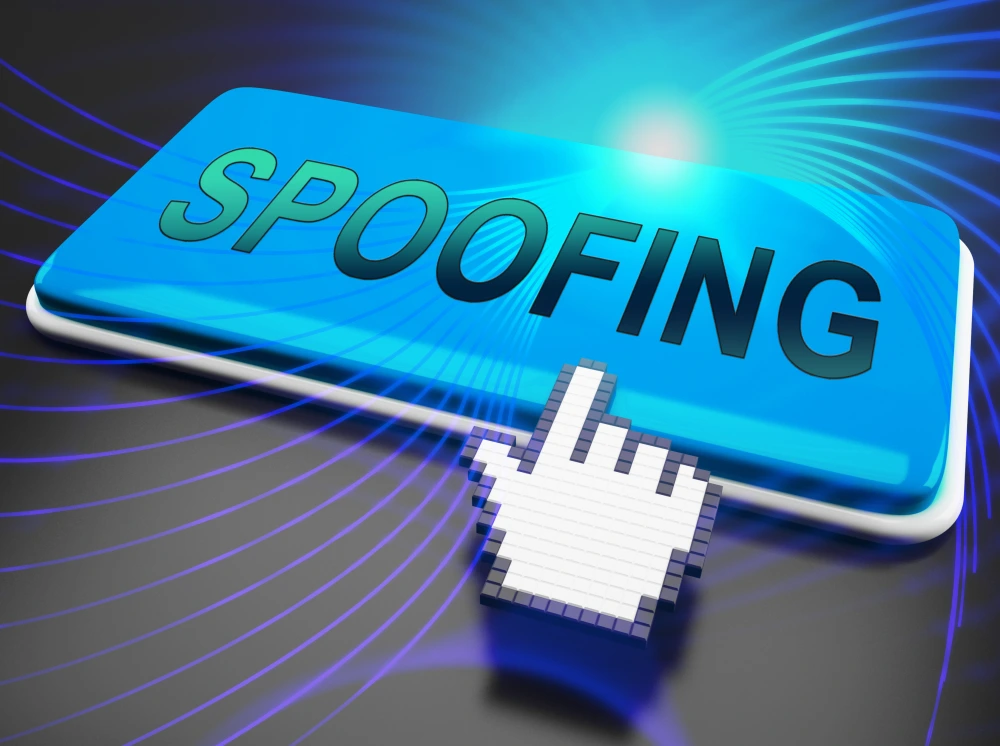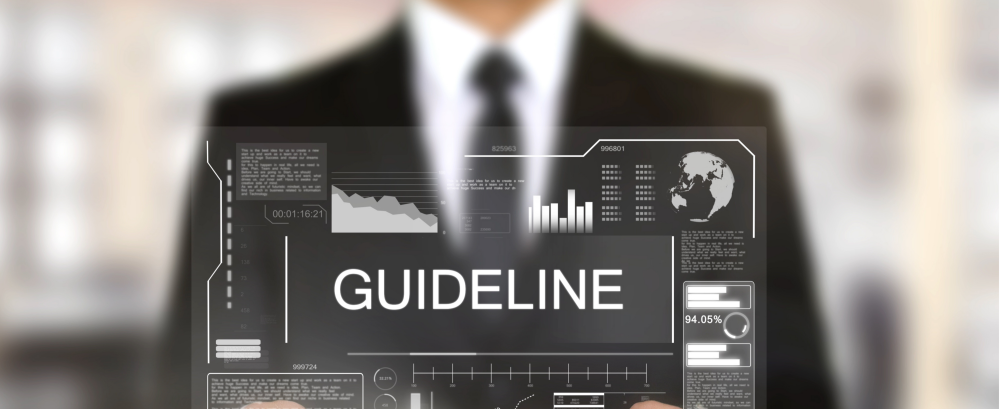Strengthening Cybersecurity in the Government Sector: Addressing the Growing Threat Landscape
Government industry is crucial in ensuring a nation’s stability, security, and welfare. However, government agencies face many cyber-attacks as the world becomes increasingly digitized. Recent incidents, such as the cyber-attack on the U.S. government and the compromise of state and federal systems, underscore the urgent need for robust cybersecurity measures within the Government sector. In this blog post, we explore the evolving threat landscape faced by the industry and delve into the cybersecurity solutions available to protect against these risks.
Government agencies are prime targets for cyber-attacks due to the sensitive nature of the data they handle and the potential impact on national security. Recent incidents, such as the high-profile cyber-attack on the U.S. government, highlight the severity and consequences of successful breaches. Additionally, the compromise of state and federal systems, as witnessed through the third MoveIT CVE, emphasizes the need for enhanced security measures to safeguard critical government infrastructure. These incidents underscore the urgency for government entities to prioritize cybersecurity as a fundamental component of their operations.
To fortify the Government industry against the growing threat of cyber-attacks, a range of cybersecurity solutions can be implemented to enhance defenses and protect critical systems and data. Here are key strategies and technologies employed to protect the industry:
A 24/7 Security Operations Center (SOC) is the central hub for real-time monitoring, detecting, and responding to security incidents. It employs advanced technologies like threat intelligence feeds and analytics to monitor network traffic, endpoints, and critical systems continuously. SOC analysts identify and investigate potential threats, enabling swift incident response and mitigation. By maintaining a round-the-clock SOC, government agencies can proactively defend against cyber-attacks, minimize the time to detect and respond to incidents and ensure their systems’ continuous availability and integrity.
Implementing an Extended Endpoint Detection and Response (XDR) solution provides enhanced visibility and protection across endpoints within the government infrastructure. XDR leverages advanced behavioral analytics, machine learning, and threat intelligence to detect and respond to sophisticated threats that traditional antivirus software may miss. XDR can detect and remediate threats across the entire network by monitoring endpoint activities and correlating data across multiple devices. Implementing XDR solutions empowers government agencies to proactively identify and respond to potential cyber threats, reducing the risk of successful attacks and data breaches.
Government agencies should complete Penetration testing involving controlled, simulated attacks to identify government systems and network vulnerabilities. Skilled cybersecurity professionals use ethical hacking techniques to assess the effectiveness of existing security measures and identify potential entry points for malicious actors. Government agencies can proactively address vulnerabilities, patch security gaps, and strengthen their overall security posture by performing penetration tests regularly.
Continuous vulnerability scanning involves automated and regular scans of government systems and networks to identify known vulnerabilities. It helps government agencies stay updated on potential security weaknesses and provides actionable insights to remediate these vulnerabilities promptly. By implementing continuous vulnerability scanning, government organizations can minimize the risk of exploitation by identifying and addressing vulnerabilities before cybercriminals can leverage them.
A complete cybersecurity technology stack must include Managed Security Awareness Training programs to educate government employees about cybersecurity best practices, social engineering threats, and the importance of maintaining vital security hygiene. These programs use a combination of interactive training modules, simulated phishing attacks, and knowledge assessments to raise awareness and build a security-conscious culture within government agencies. By enhancing employee awareness, government organizations can mitigate risks associated with human error, phishing attacks, and other social engineering tactics.
SIEM and SOAR solutions help government agencies aggregate, analyze, and respond to security events and incidents effectively. SIEM tools collect and correlate log data from various sources, enabling centralized monitoring and threat detection. SOAR solutions automate incident response processes, streamlining workflows and enabling faster response times. Combining SIEM and SOAR empowers government organizations to detect and respond to security incidents swiftly, improving incident management and reducing the impact of cyber-attacks.
Government agencies must comply with various regulations and standards concerning data protection and privacy. Regulatory compliance services provide expertise in interpreting and implementing these requirements, ensuring that government systems and processes align with relevant regulations. These services help government organizations establish and maintain compliance, reducing the risk of penalties and reputational damage resulting from non-compliance.
The Zero-Trust framework adopts a security approach that assumes no trust in any user or device, regardless of its location within the government network. It implements strict access controls, multi-factor authentication, and continuous monitoring to verify user identities and device security. By adopting the Zero-Trust framework, government agencies can limit the potential damage caused by compromised accounts or devices and ensure that access is granted only to authorized and authenticated entities.
Data Loss Prevention (DLP) solutions help government agencies protect sensitive data from unauthorized access, loss, or exfiltration. DLP solutions use content analysis, encryption, and data classification to monitor and control the movement of sensitive information within government networks. By implementing DLP measures, government organizations can prevent data breaches, comply with data protection regulations, and protect sensitive government information from falling into the wrong hands.
As cyber threats become increasingly sophisticated, the Government industry must remain steadfast in its commitment to cybersecurity. Recent incidents targeting government agencies demonstrate the urgent need for robust security measures. Government entities can fortify their defenses by establishing a 24/7 Security Operations Center to deploy technologies like XDR, penetration testing, continuous vulnerability scanning, and managed security awareness training; government agencies can enhance their cybersecurity posture. Additionally, leveraging SIEM and SOAR solutions, regulatory compliance services, the Zero-Trust framework, and Data Loss Prevention measures can further protect sensitive data and strengthen overall security in the government sector. Government organizations can safeguard critical systems, preserve data integrity, and maintain public trust by adopting a multi-layered and proactive approach.
Cybersecurity doesn’t have to be a complex labyrinth that detracts from your main business operations. With DataGuard, we strip away the complexity, providing you with clear, efficient, and effective strategies to strengthen your digital defenses. Partner with DataGuard and empower your company with the expertise and tools needed to secure your operations and data, allowing you to focus on what you do best and experience cybersecurity without the complexity.
Back to Articles/Blog



